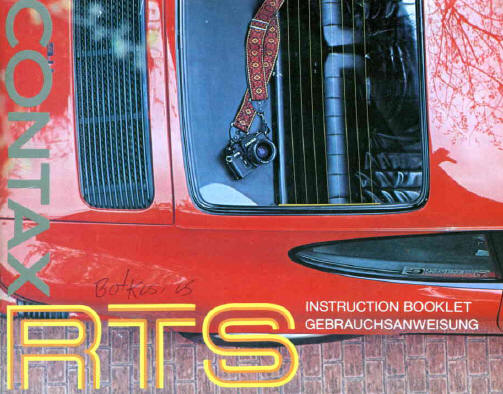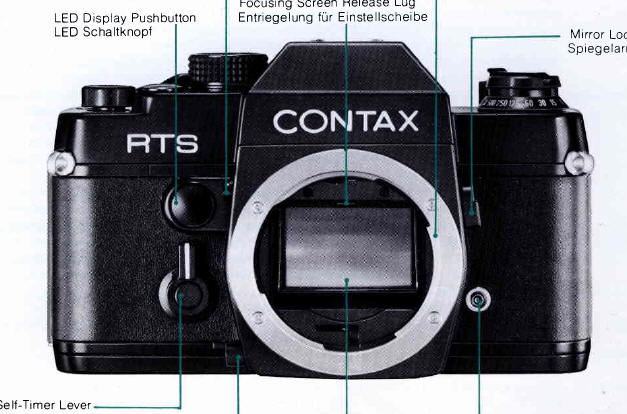and historical purposes, all rights reserved.
This page is copyright© by
This page may not be sold or distributed without
the expressed permission of the producer
I have no connection with any camera company
This camera manual library is for reference
and historical purposes, all
rights reserved.
This page is copyright© by
![]() M. Butkus, NJ.
M. Butkus, NJ.
This page may not be sold or distributed without
the expressed
permission of the producer
I have no connection with any camera company
On-line camera manual library
If you find this manual useful,
how about a donation of $3 to:
M. Butkus, 29 Lake Ave.,
High Bridge, NJ 08829-1701
and send your e-mail address
so I can thank you.
Most other places would charge
you $7.50 for a electronic copy
or
$18.00 for a hard to read Xerox copy.
CLICK HERE TO CONTINUE TO
Contax RTS FULL
HTML MANUAL
Click here for
Contax RTS PDF
version
created from page above
- better printing -
Click below for a PDF made directly from
the manual - missing front / last page
Click here for a PDF directly from the manual (5-29-'10)
Contax RTS
Bedienungsanleitung


